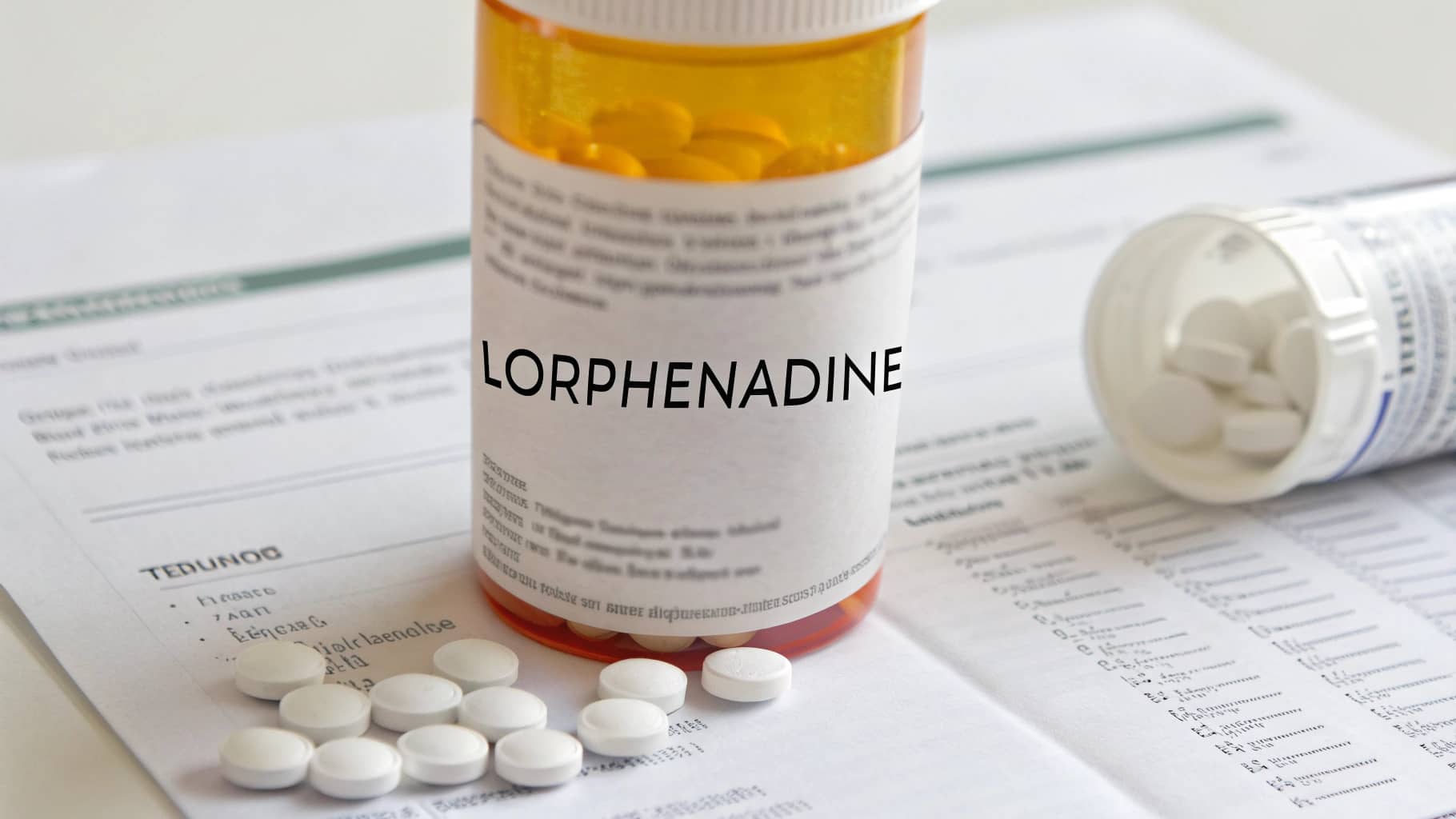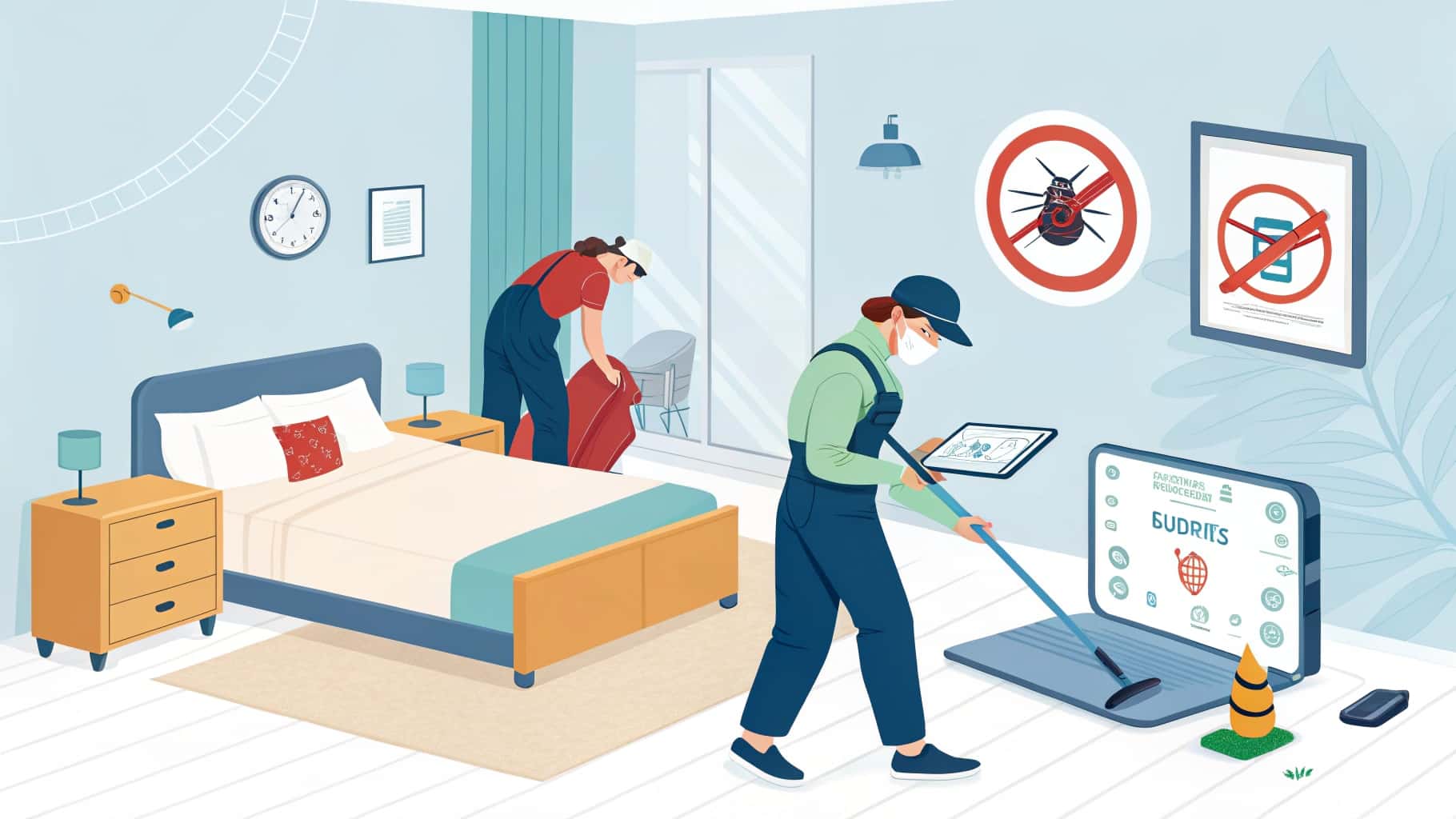Allergies can be a real hindrance to daily life, affecting everything from the air we breathe to the food we eat. The itchy eyes, sneezing, runny nose, and general discomfort can leave us feeling miserable. Thankfully, modern medicine has provided us with an effective way to combat these issues.
One such solution is Lorphenadine, a second-generation antihistamine that offers allergy relief without the drowsiness commonly associated with older medications.Stay tuned with us, we’ll explore what Lorphenadine is, how it works, its benefits, side effects, and how it compares to other antihistamines. We’ll also answer some common questions and provide useful tips for using this medication safely.
By the end of this guide, you’ll have a solid understanding of why Lorphenadine is an excellent choice for those suffering from allergies. For a broader view on treatments related to neurological conditions, visit DoctorHub360 on Neurological Diseases, which can provide insight into different medical solutions.
What Is Lorphenadine? – Find Out Here!
Lorphenadine is a second-generation antihistamine used to treat allergy symptoms such as sneezing, itching, and a runny nose. It works by blocking histamine receptors, which prevents allergic reactions. Unlike older antihistamines like Benadryl, Lorphenadine does not cause drowsiness, making it a preferred choice for daytime use.

Commonly prescribed for hay fever, allergic rhinitis, and hives, it provides effective relief with fewer side effects. Always follow your healthcare provider’s dosage recommendations. Lorphenadine is available both over-the-counter and by prescription in some areas.
History Of Lorphenadine:
Lorphenadine was introduced in the late 20th century as a solution to the drowsiness caused by first-generation antihistamines. Developed to effectively treat allergy symptoms, it minimizes sedation, making it ideal for daytime use.
This breakthrough allowed individuals to manage allergies without the sleepiness typical of older medications. Lorphenadine is commonly prescribed for hay fever, allergic rhinitis, and hives. Its non-sedating properties set it apart from traditional antihistamines. Today, it is widely used and available globally.
How Does Lorphenadine Work?
To understand how Lorphenadine helps alleviate allergy symptoms, it’s important to first understand what happens in your body when you come into contact with an allergen. When an allergen, like pollen or dust, enters your body, your immune system sees it as a threat. In response, your body releases a substance called histamine.
Histamine binds to specific receptors in the body (called H1 receptors), triggering a variety of allergic reactions, such as inflammation, sneezing, itching, and runny nose. Lorphenadine works by blocking histamine from binding to these receptors, which in turn prevents or reduces the allergic response. By blocking histamine’s action, Lorphenadine helps to control symptoms like sneezing, itching, and watery eyes without causing sedation.
Common Uses Of Lorphenadine:
Lorphenadine is primarily prescribed to manage the symptoms of allergic conditions, especially hay fever (seasonal allergic rhinitis). It is also used for managing other conditions like perennial allergic rhinitis, allergic conjunctivitis, and even chronic urticaria (hives).
Treating Hay Fever:
Hay fever, or seasonal allergic rhinitis, is triggered by outdoor allergens like pollen. Lorphenadine helps reduce the associated symptoms, such as sneezing, runny nose, and nasal congestion, making it easier for individuals to function during allergy season.
Managing Chronic Urticaria:
Chronic urticaria (hives) is another condition where Lorphenadine is commonly used. It helps reduce the itching and inflammation caused by hives, providing significant relief to individuals suffering from this skin condition.
Allergy-Related Conjunctivitis:
Allergic conjunctivitis occurs when allergens trigger irritation in the eyes. Lorphenadine alleviates symptoms such as redness, itching, and watery eyes, providing effective relief for individuals dealing with eye-related allergic symptoms.
Benefits Of Lorphenadine – Your Solution For Allergies!
Lorphenadine stands out due to several key benefits, particularly its non-sedating nature, which is a significant advantage over older antihistamines.

- Non-Sedating: Unlike older antihistamines, Lorphenadine does not cause drowsiness, allowing individuals to remain alert and productive during the day.
- Long-Lasting Relief: It provides effective, long-lasting allergy symptom relief, often requiring only one dose per day.
- Fewer Side Effects: Lorphenadine has fewer side effects compared to first-generation antihistamines, offering a safer option for daily use.
- Minimal Drug Interactions: It is less likely to interact with other medications, making it suitable for people on multiple prescriptions.
- Effective for Chronic Allergies: Lorphenadine is ideal for managing chronic allergic conditions, providing consistent symptom control.
- Improved Quality of Life: Its non-sedating and long-lasting effects contribute to better daily functioning and overall well-being for allergy sufferers.
Side Effects Of Lorphenadine:
While Lorphenadine is generally well-tolerated, there are some potential side effects to be aware of.
Common Side Effects:
- Dry Mouth: A relatively mild side effect, but it can be uncomfortable for some users.
- Headaches: Some individuals may experience headaches when taking Lorphenadine.
- Dizziness: Although less common, dizziness can occur, particularly when standing up quickly.
- Nausea: A small number of people may feel nauseous when using this antihistamine.
Rare But Serious Side Effects:
- Allergic Reactions: In rare cases, people may experience more severe reactions such as swelling or rashes. Immediate medical attention is necessary if these symptoms occur.
- Heart Issues: Although rare, Lorphenadine may cause an irregular heartbeat in some individuals, which can be a serious concern, particularly for those with pre-existing heart conditions.
How Effective Is Lorphenadine Based On Research?
Research shows that Lorphenadine is highly effective in treating allergic rhinitis and chronic urticaria. Clinical trials confirm that it works as well as other leading antihistamines, offering reliable long-term allergy management.
Patients often report significant improvements in their quality of life, particularly due to its non-sedating properties. Many individuals appreciate that Lorphenadine allows them to stay active and alert throughout the day without sedation. Feedback from users is generally positive, highlighting its effectiveness and minimal side effects.
What Should You Consider Before Taking Lorphenadine?
Before starting Lorphenadine, it’s important to consider several factors to ensure safe usage.

Pre-existing Conditions:
Individuals with liver or kidney disease should exercise caution when taking Lorphenadine, as the medication is processed through these organs. It is essential to consult a healthcare provider before starting treatment.
Drug Interactions:
Lorphenadine may interact with other medications, so it’s crucial to inform your doctor of any other prescriptions you are taking. Some drug interactions could potentially alter the effectiveness of the antihistamine or cause unwanted side effects.
Use In Older Adults:
Elderly patients are more likely to experience side effects due to the slower metabolism of medications. Lower doses may be recommended, and careful monitoring is necessary to avoid complications.
How Lorphenadine Compares to Other Antihistamines?
Lorphenadine is a second-generation antihistamine, which means it is specifically designed to cause fewer side effects, particularly drowsiness. It is similar to other popular second-generation antihistamines, such as cetirizine (Zyrtec) and fexofenadine (Allegra). Here’s how Lorphenadine compares to other antihistamines:
| Feature | Lorphenadine | Diphenhydramine (Benadryl) | Cetirizine (Zyrtec) | Fexofenadine (Allegra) |
|---|---|---|---|---|
| Sedation | Non-sedating | Sedating | Mildly sedating | Non-sedating |
| Duration of Action | Long-lasting (24 hours) | Short (4-6 hours) | Long-lasting (24 hours) | Long-lasting (24 hours) |
| Common Uses | Allergic rhinitis, hives | Allergic rhinitis, insomnia | Allergic rhinitis | Allergic rhinitis |
| Side Effects | Dry mouth, headache, dizziness | Drowsiness, dry mouth | Dry mouth, drowsiness | Headache, nausea |
| Prescription Required | May be OTC or prescription | OTC | OTC | OTC |
FAQs:
Can Lorphenadine Be Taken During Pregnancy?
Lorphenadine should only be used during pregnancy if prescribed by a doctor. It’s crucial to weigh the potential benefits against any possible risks. Always consult a healthcare provider before using any medication during pregnancy.
Does Lorphenadine Work For All Types Of Allergies?
Lorphenadine is highly effective for managing symptoms of seasonal allergies, allergic rhinitis, and chronic urticaria. However, it may not be suitable for treating other specific allergic conditions. Consult your doctor for personalized recommendations.
Can Lorphenadine Be Used For Pets’ Allergies?
Lorphenadine is not recommended for use in pets. Veterinary medications are formulated differently to meet animals’ needs. Always seek a veterinarian’s advice before using any human medications for pets.
Is Lorphenadine Effective For Dust Allergy Relief?
Yes, Lorphenadine can help manage symptoms related to dust allergies, such as sneezing, runny nose, and itchy eyes. It is commonly used to treat perennial allergic rhinitis, which includes dust allergies.
How Should Lorphenadine Be Stored?
Lorphenadine should be stored at room temperature, away from moisture and heat. Keep it in a tightly closed container, out of reach of children, to ensure its effectiveness and safety. Also, consider learning more about the wellness devices that can help you improve your overall health, such as the ByPulsetto device.
Conclusion:
Lorphenadine is a highly effective, non-sedating antihistamine used to treat allergies like hay fever, allergic rhinitis, and chronic urticaria. Its long-lasting relief and minimal side effects make it a preferred choice for daytime allergy management.
While generally safe, it’s important to consult with a healthcare provider, especially for those with pre-existing conditions or those taking multiple medications. Lorphenadine improves quality of life for allergy sufferers without impairing daily activities.
Also Read:




